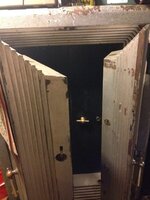- Messages
- 14,028
- Reactions
- 42,901
Costco has two Eva dry dehumidifiers for $18.99 that is an extremely good deal!
I paid $20 at Bimart for just one unit and it works great.
Costco In-Store 2-Pack Eva-Dry Renewable Dehumidifiers, $18.99 01-27-2018
Are those the small 100cuft ones?












